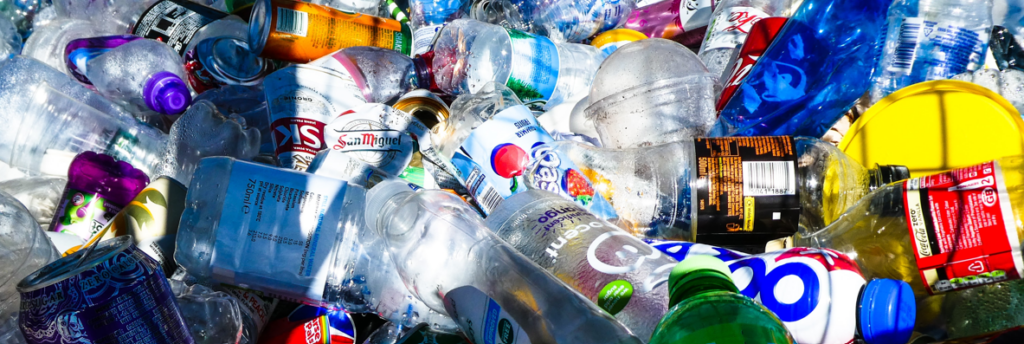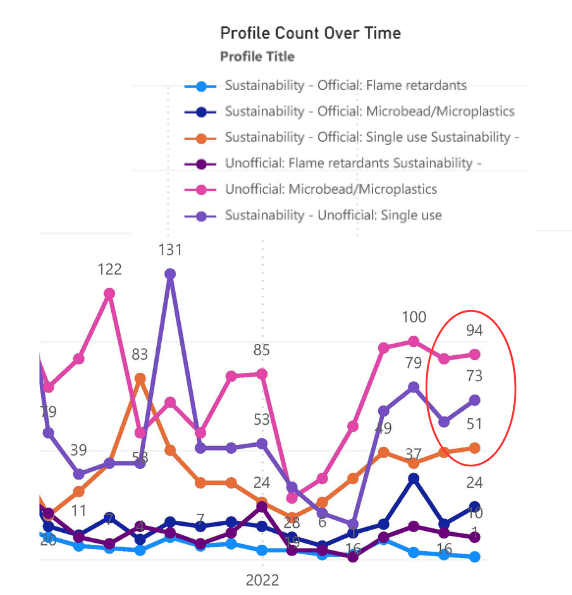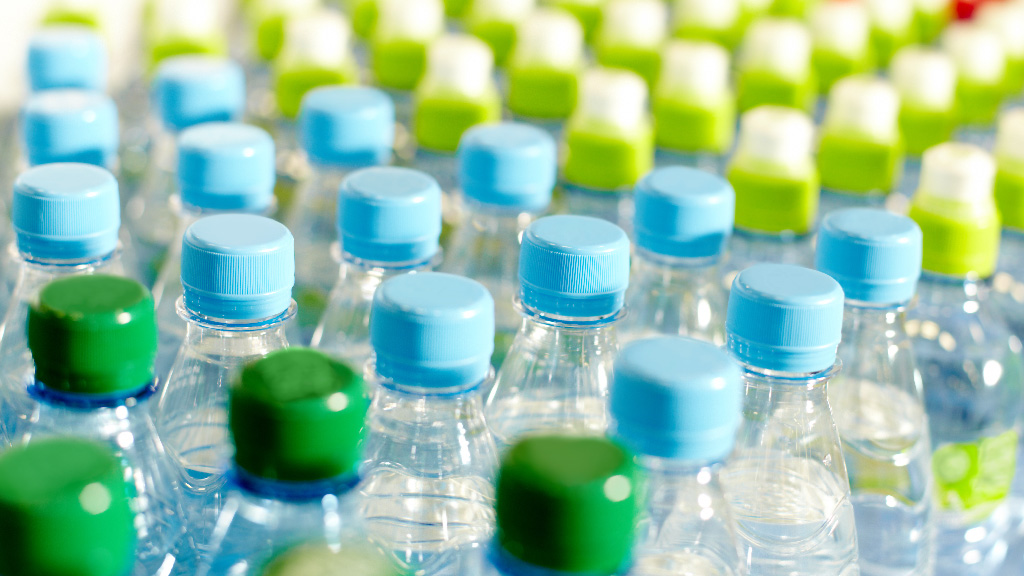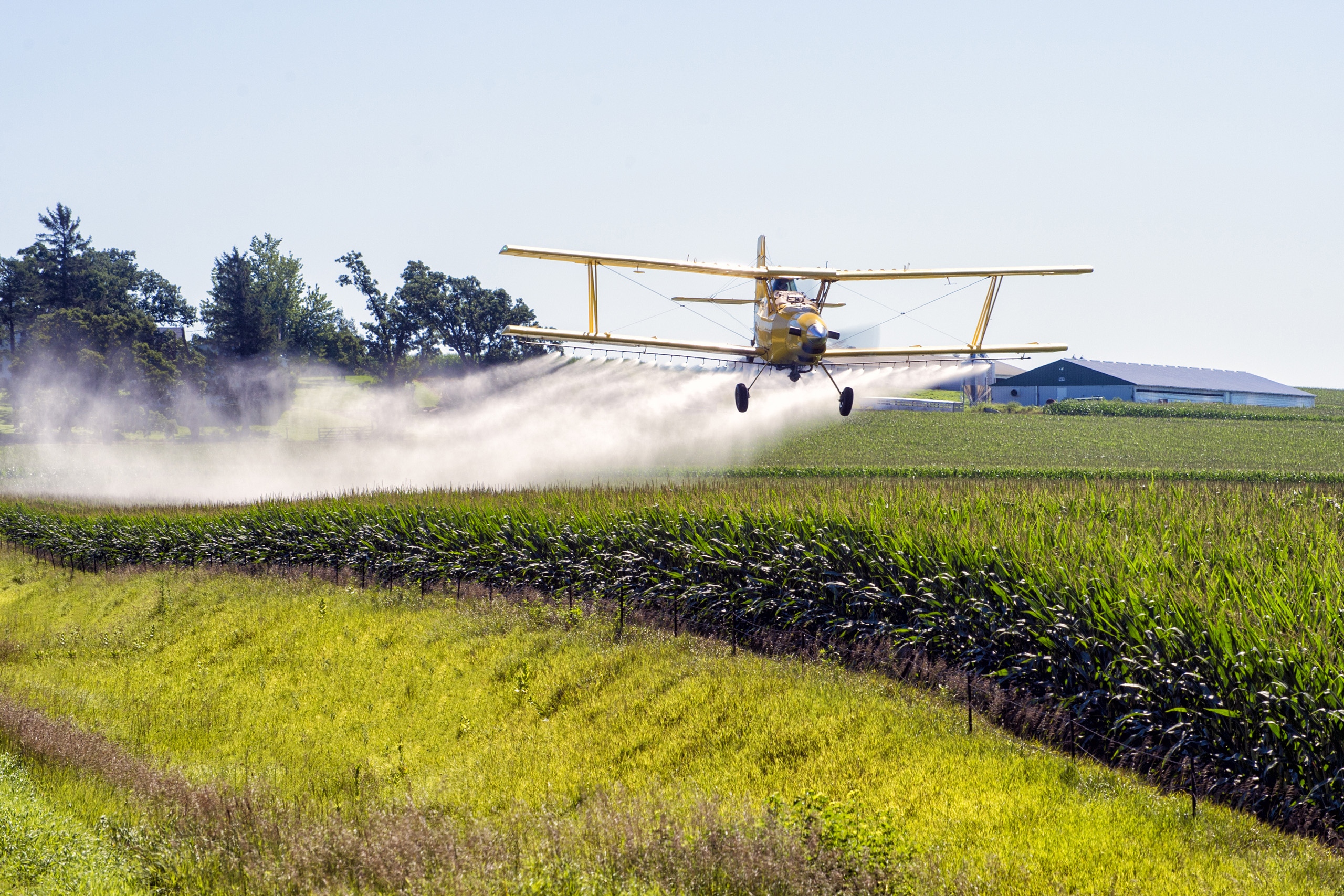By Gul Basak Kiroglu, Regulatory Trends Product Manager
In the first decade of the 2000s, the amount of plastic waste generated globally rose more in a single decade than it had in the previous 40 years. Environmental regulations have also grown exponentially, driving the need for tools that monitor Regulatory Trends or search the Regulatory Library. While attention on plastics and the environment is not new, plastic waste has historically been perceived as an environmental concern only. In the last few years, the health effects of plastic exposure have come under scrutiny.

Microplastics and Regulatory Compliance
A significant portion of plastic waste results from the life cycle of traditional single-use plastics, which were originally designed primarily as oxo-degradable rather than bio-degradable or compostable. This meant that these plastics fragmented into small, persistently non-degradable pieces called microplastics, prompting a cascade of environmental problems. Despite growing environmental regulation, the production of single-use plastic waste continues to escalate, as highlighted in a recent article from CNN.
Microplastics originate not only from plastic waste but also from sources such as tires, textiles, and construction, and the minute particles have far-reaching health consequences. Initially the attention on microplastics focused on the marine environment, where they caused reduced food intake, delayed growth, oxidative damage and abnormal behavior for species in the sea food chain.
Scientists are now researching microplastics within infiltrated soil and air. Studies highlight the ubiquity of microplastics, with the compounds described as trace contaminants comparable to per- and polyfluorinated alkyl substances (PFAS). In soil microplastics alter the characteristics of flora and fauna, while in the air, they are carried by the wind and also escape into the atmosphere from seawater, even reaching the Antarctic snow. This presence underscores the urgency of addressing microplastics as a global environmental challenge.
Health Effects of Microplastics Exposure
In addition to the environmental consequences, the health effects of microplastic exposure have recently come under scrutiny. Over the past few years microplastics, along with other emerging contaminants, have been detected in food and drinking water. A study from January 2024 revealed that bottled water can contain hundreds of thousands of previously uncounted tiny plastic bits, with a staggering 240,000 plastic particles found in a single liter. Ironically, a significant portion of these particles appear to originate from plastic filters used in the water purification process before bottling.
The implications of ingesting microplastics are profound, leading to serious health issues such as endocrine disruption, weight gain, insulin resistance, decreased reproductive health, and even cancer. Respiratory exposure to microplastics induces oxidative stress in the airways, resulting in symptoms like coughing, sneezing, and shortness of breath. Additionally, fatigue and dizziness can occur due to low blood oxygen concentration.
FoodChain ID Sustainability Dashboard (click to enlarge)

Microplastics and Environmental Regulations: The Need to Adopt Holistic Strategies
To address the plastic crisis, numerous countries have implemented environmental regulations and prohibitions around the world. A pioneering move in this direction came from Bangladesh in 2002, making it the first country globally to impose a total ban on single-use plastics. As of the end of 2023, eight US states have banned single-use plastic bags. Simultaneously, researchers are intensively focusing on developing industrially viable alternative packaging solutions based on bio-polymers, offering hope in the quest for sustainable materials.
Microplastics, recognized as both chemical and physical contaminants, have become a critical concern in the realm of food and drinking water safety. Their ability to adsorb micropollutants makes them potent vectors of contamination, posing a dual threat to human health. As we grapple with the repercussions of plastic waste on both the environment and human well-being, it is imperative to adopt holistic approaches that encompass sustainable alternatives, thoughtful environmental regulations and heightened awareness to address this global crisis comprehensively.










